Search Images
Browse Content (p. 1222)
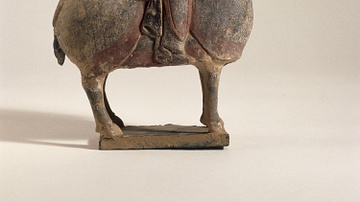
Image
Northern Wei Cavalry Rider
An earthenware cavalry rider from the Northern Wei dynasty. 386-534 CE. Height: 21.5 cm. (Brtish Museum, London)
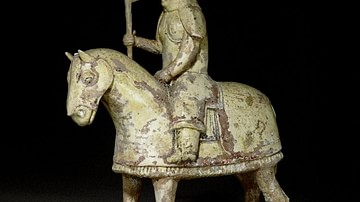
Image
Chinese Cavalry Rider
An earthenware cavalry rider from the Tang dynasty, China. 618-906 CE. Height: 24 cm.
(The British Museum, London)
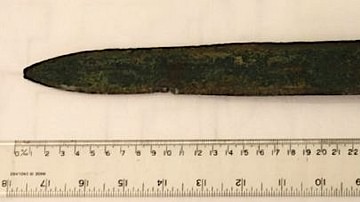
Image
Eastern Zhou Dynasty Sword
A bronze sword from the Eastern Zhou dynasty, China, 5th-3rd century BCE. (British Museum, London)

Image
Han Dynasty Sword
A Han dynasty iron sword and scabbard with wood and lacquer decoration, China, 2nd century BCE. (British Museum, London)
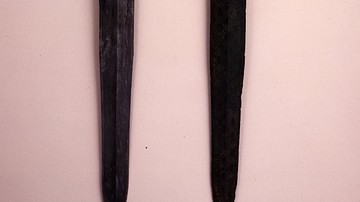
Image
Eastern Zhou Swords
A pair of bronze swords from the Eastern Zhou dynasty, China, 5th-3rd century BCE. (British Museum, London)
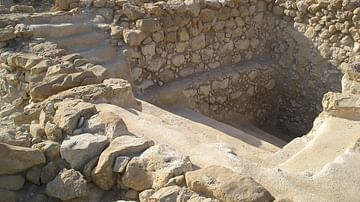
Image
Mikvah, Qumran
Mikvah at Qumran, where the Essenes cleansed themselves for religious purity.
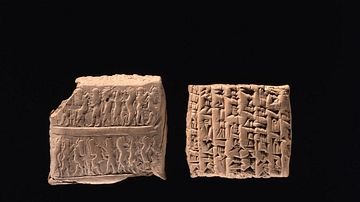
Image
Murashu Tablets
Tablet B5304, Murashu Archive. Contract for the supply of dates, written in Akkadian with a summary in Aramaic.
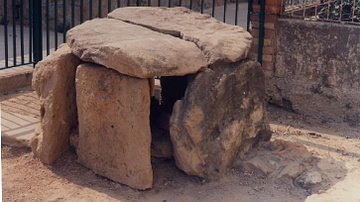
Image
Dolmenic Cyst of Butera (Sicily)
Stone slabs assembled in a cubiform manner in "Piano della Fiera", Butera, Sicily, similar to those found in Sardinia and dated to the copper age (c. 3000-2100 BCE). It was reused by the Greeks and indicates mixed cult practices, both Hellenic...
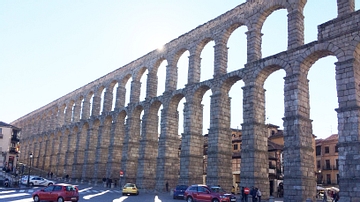
Image
Roman Aqueduct of Segovia
The Roman of Aqueduct of Segovia dates from c. 112 CE, and it is one of Spain's most iconic sites. It was declared a UNESCO World Heritage Site in 1985.
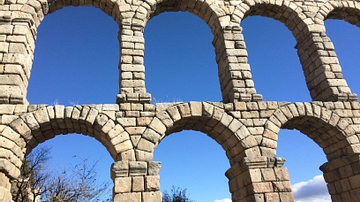
Image
Segovia's Roman Aqueduct
The Aqueduct of Segovia, located in what's present-day Spain, is supported by 167 arches in total. It is one of the most recognizable and famous of Roman ruins in Europe.